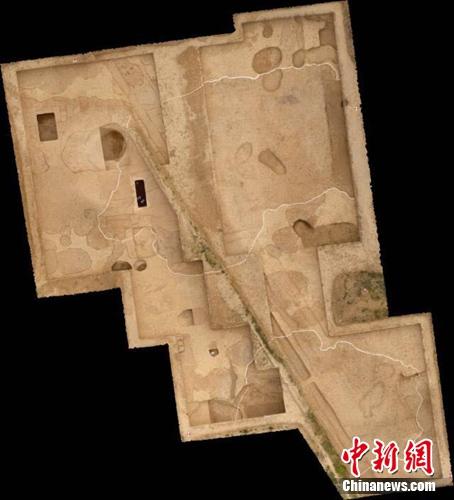China sends eight work safety inspection groups
China has sent eight inspection groups to local governments and enterprises to make sure workplace safety-related problems will be discovered and eliminated, according to an official statement.
As the fourth batch of inspections by the Work Safety Committee of the State Council, the groups went to Inner Mongolia and Tibet autonomous regions; Shanghai municipality; provinces of Gansu, Hainan, Hubei and Qinghai; and Xinjiang Production and Construction Corps.
The inspectors, who will pay random visits to local companies, are tasked to detect problems in work safety and promote the rectification, the committee said in a statement.
Local governments and departments will be held accountable if local checks failed to discover major work safety hazards in companies, or if local authorities did not punish companies after major problems had been detected, the committee said.
After the completion of the new inspections, the committee’s inspection tours since last year will have covered all the country’s provincial level regions, according to the statement.

